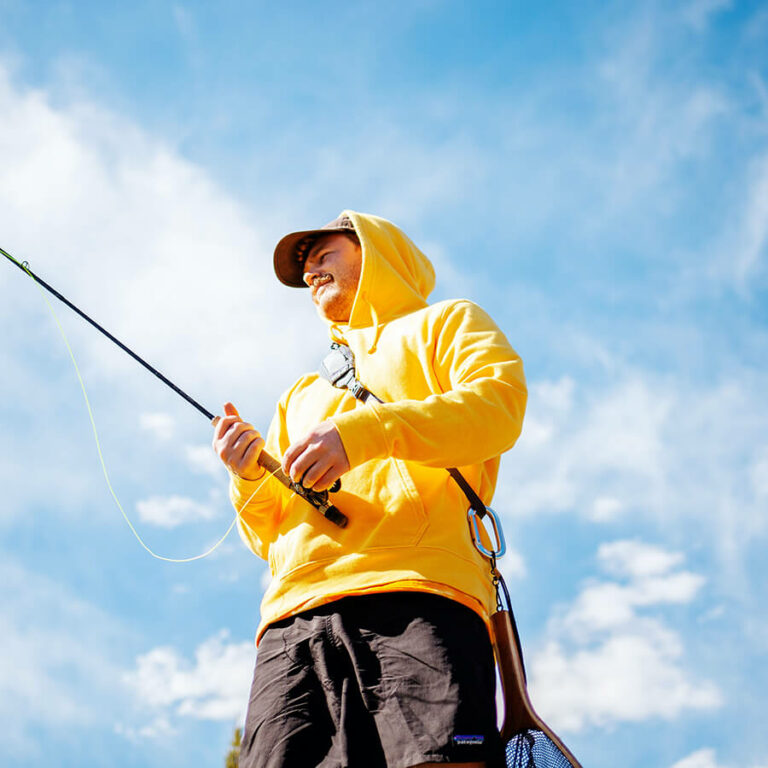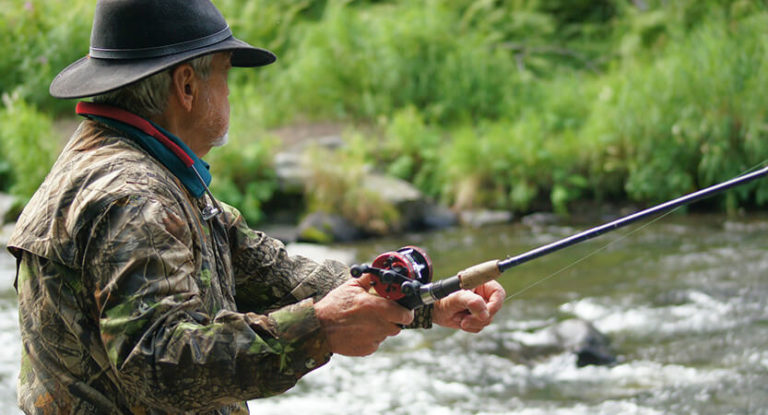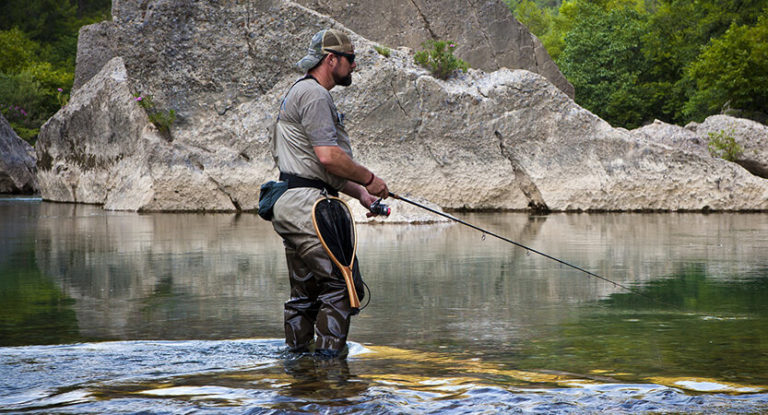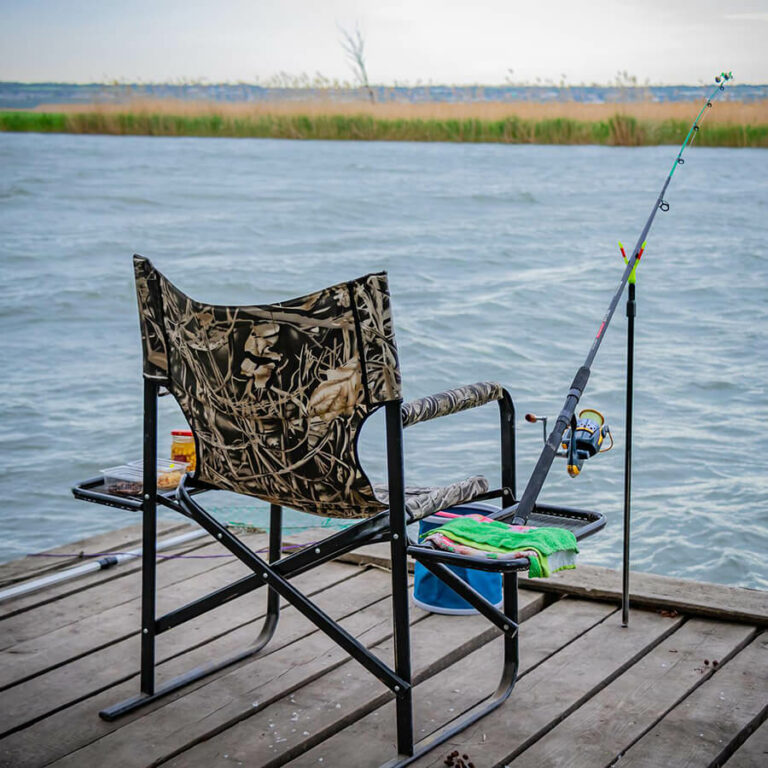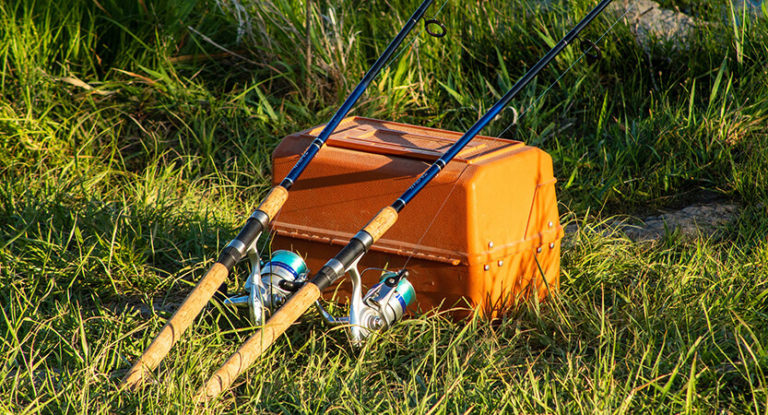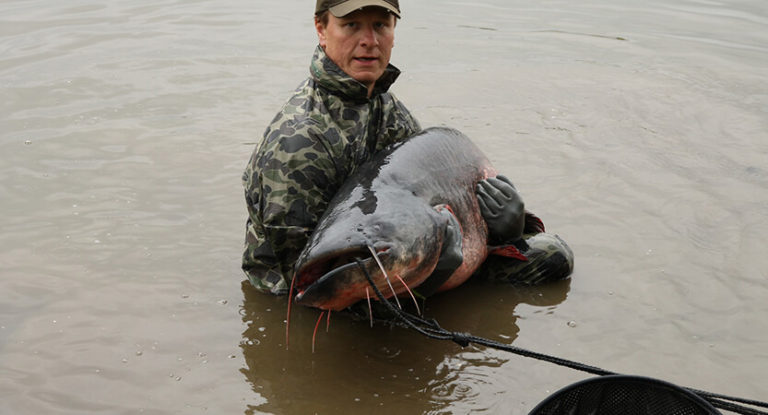Light frost and in the gentle sun or unhurried fluffy snow – what could be more pleasant and comfortable for fishing? But the concept of comfort for humans and fish does not always coincide: sometimes sitting is good, but it does not bring the planned result. Let’s figure out in what weather the fish bite better in winter and when it is better to go to the pond.
The main task of our today’s conversation will be to separate grains from chaff, that is, common fishing tales from scientifically proven facts. The fishermen’s beliefs did not come from the void, so often an evidence base can be put under them. However, there are moments that do not stand up to criticism, and this must be understood. And in general, a good angler almost always bites, regardless of atmospheric conditions: he knows how to adapt to any conditions.
Here is an overview of the content of this tutorial, feel free to jump to any section you care about:
For more fishing instructions, take a look at these popular Trizily links: Best Fishing Sunglasses, Best Fish Finders.
- Fishing With A Jig In Winter
- What You Need For Winter Fishing
- How Weather Affects Fishing: All You Need To Know
Weather factors affecting fish activity
Everyone understands what the weather is, but not everyone understands what phenomena it is caused by. That is why there is a thaw today, a snowstorm tomorrow, and the day after tomorrow a frost of -30 Celsius? The fact is that the earth’s surface is heated non-uniformly, which gives rise to areas of low and high pressure. Areas of low pressure are called cyclones, high – anticyclones.
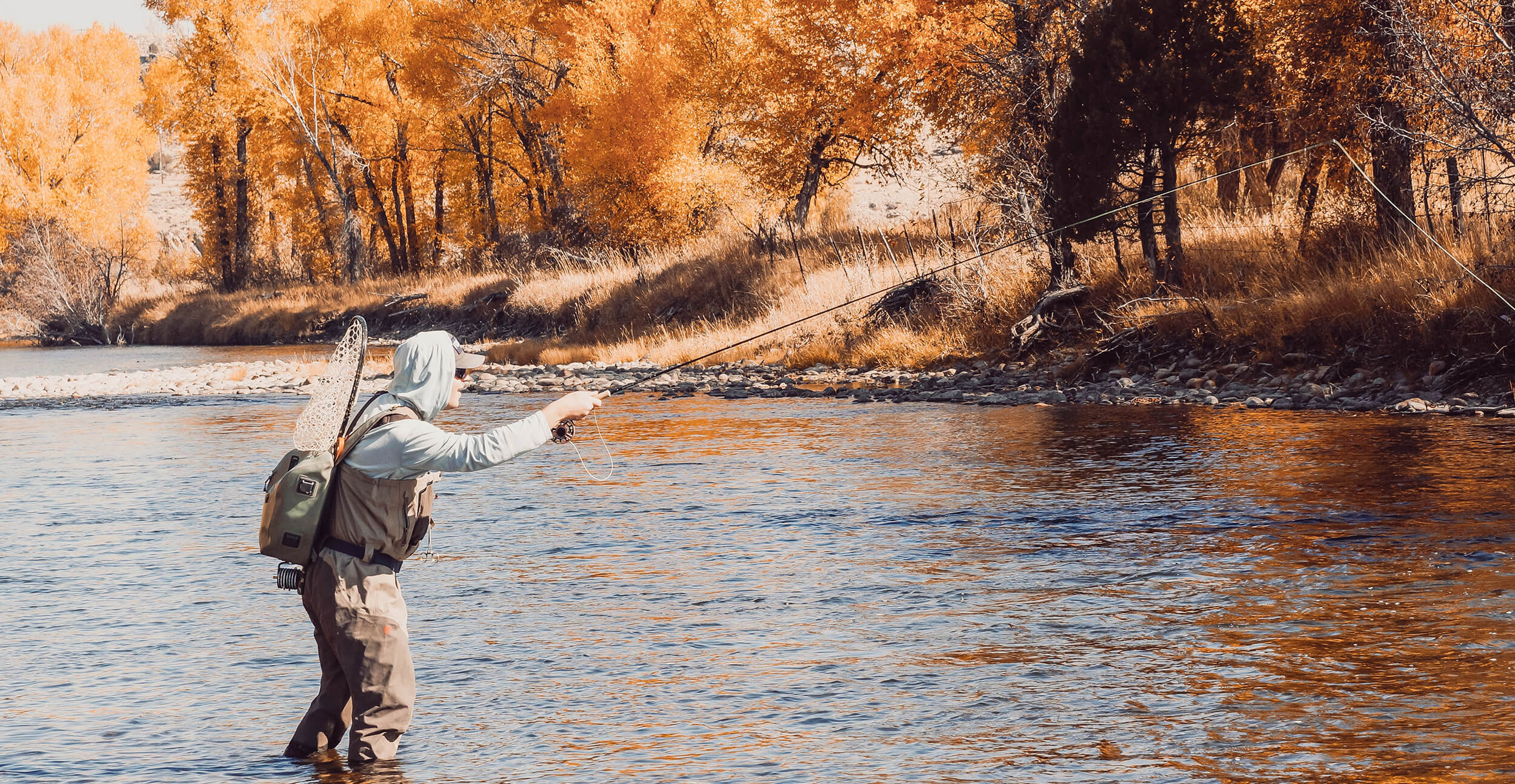
Due to the rotation of the Earth around the Sun and its own axis, the regions of low and high pressure are constantly moving. The cyclone brings with it a cold snap (warming in winter), cloudy weather, unpleasant winds and precipitation. When it comes, a cold front forms, which is marked by blizzards, but some weakening of frosts. The onset of the anticyclone is marked by a warm front and is expressed in clear sunny days. However, if the anticyclone dominates in winter for a long time, truly severe frosts will set in (in summer, on the contrary, a stifling heat). Here is such a paradox!
The collision of two fronts, especially rapidly advancing ones, is hard to miss: it is always bad weather with strong winds, regardless of the season. During these periods, meteorological people especially suffer, suffering from drops in blood pressure, headaches and heart pains.
Under water, and even more so under the ice, the riot of the elements is not so clearly expressed, but the fish also do not remain indifferent to weather changes. Representatives of the ichthyofauna react to them either by attenuation of activity, or by its increase. Moreover, the sharper the weather changes, the more time it takes for the representatives of the fish fauna to adapt and return to their usual way of life. Let’s take a personal look at all the weather factors that can affect the biting of fish in winter.
Atmosphere pressure
The first on the list of factors that determine the behavior of fish in winter, we put atmospheric pressure . This moment is most strongly shrouded in legends and myths, in which many anglers seriously believe.
To begin with, the fish does feel pressure changes, but not in the way most anglers claim. To begin with, water presses on the representatives of the ichthyofauna much stronger than the atmospheric column on us – it has a much higher specific gravity.
Diving ten meters gives an increase in pressure of about a whole atmosphere! What do you think, are changes by a dozen or two millimeters of mercury felt under such conditions? But the fish is constantly swimming, changing the depth, and has long adapted to much more significant differences. That is, 10 mm Hg. the pillar means for her a submersion of only 10 cm!
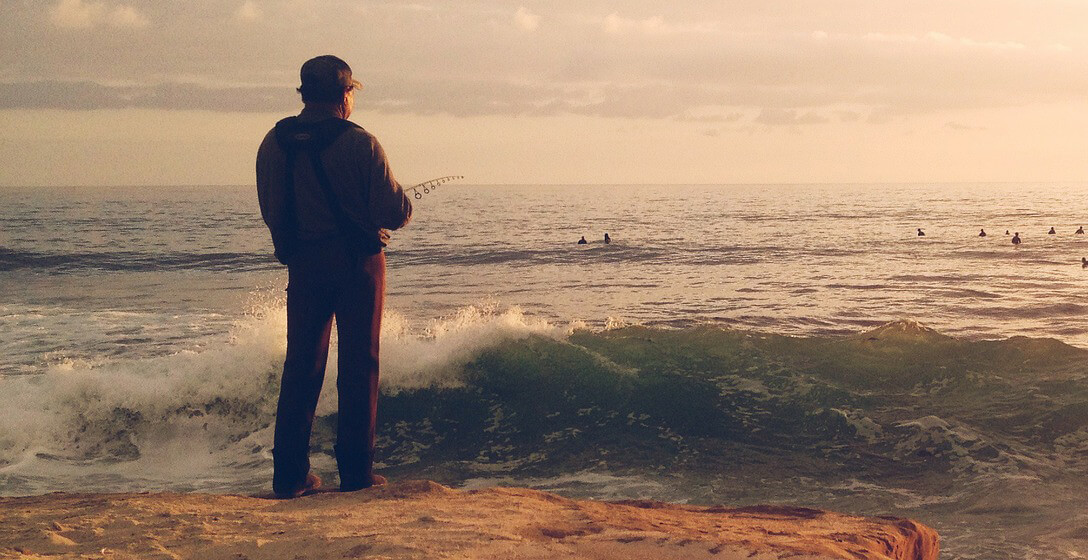
Another legend stems from the previous one: allegedly a decrease in atmospheric pressure causes spontaneous expansion of the swim bladder, and the fish is pushed into the upper layers of water, which causes discomfort and lack of appetite. However, we repeat: the fish swims, changing its position not only in the horizontal, but also in the vertical plane. She learned to react quickly enough to more significant changes and automatically control the filling of the swim bladder.
However, where did these myths come from? Indeed, it is noted that with a sharp decrease in atmospheric pressure, representatives of the ichthyofauna actually decrease their activity for some time. At the same time, an increase in this indicator is capable of provoking both an active zeal and a period of passivity. During the period of stable (for several days) pressure of the order of 750 mm Hg. The fish bite steadily, according to the usual schedule.
From this we can conclude that representatives of the ichthyofauna still feel the upcoming changes in the weather (the swim bladder is an excellent barometer) and begin to prepare for them in advance, sometimes distracting from the search for food.
Temperature
We are all sensitive to changes in ambient temperature, and the inhabitants of reservoirs in this regard are no exception. However, water warms up and cools much more slowly than air, so the fish usually has enough time to adapt to new conditions. She is not accustomed to sudden temperature jumps (especially in plus), so a sharp warming to critical values can even destroy her.
But in winter, a different situation develops: with the onset of cold weather, the water is covered with a layer of ice. Its temperature is dropping, and with each frosty day, the ice shell gets thicker. However, it is also a natural protector that protects water from freezing to the bottom.
In principle, representatives of the ichthyofauna have sufficiently adapted to winters typical for their living conditions. When temperatures drop below values acceptable for active life, they simply fall into a daze, lose interest in food, stop moving – they save energy. As a result, some species even tolerate freezing: there are proven facts testifying to how miraculously perch and crucian carp literally frozen into the ice came to life.
Each inhabitant of the reservoir has its own minimum activity temperature:
- 4 o C . The most “frost-resistant” are burbot, pike, trout, roach, pike perch.
- 8-12 o C . Average indicators show perch, catfish, bream, silver bream.
- 13 o C and above . The most thermophilic of the inhabitants of our reservoirs are carp and crucian carp.
The fish need some time to adapt to the winter regime, but this happens quickly enough. Didn’t one of the winter roads set catch records for the first ice? It is in the first weeks of winter, while the water is still sufficiently saturated with oxygen, that an active diet is observed – representatives of the ichthyofauna rush to replenish the supply of nutrients.

Further, the ice crust keeps growing, the volume of free water decreases, and the oxygen saturation decreases. Rotting of underwater and coastal vegetation also contributes to this process. During this period, called the wilderness, the inhabitants of reservoirs move away from the shores (there the ice crust is thicker, and there is more rotting vegetation, therefore, there is less oxygen) and retreat to the wintering pits, where they become numb. In fact, the middle of winter with bitter frosts is a test of skill and endurance for a winter angler. It is better for a beginner and a frosty to sit out this time at home.
An increase in temperature usually leads to more active biting. By spring, clear days no longer portend crackling frosts, but thaws. The water temperature rises, which leads to the melting of ice and the opening of water bodies. Such weather is favorable for fishing, especially since many representatives of the ichthyofauna on the eve of spawning begin to demonstrate a remarkable appetite.
Wind conditions
In summer fishing, the wind is one of the fundamental atmospheric phenomena that determine the intensity of the bite: it raises a wave, which contributes to the emergence of a reverse current near the coast. At this time, the maximum food concentration is concentrated in the coastal zone, and the water is saturated with life-giving oxygen.
In winter, the effect of wind on the aquatic environment is leveled: under the ice, it is simply not felt. However, it has been observed that fishing is most fruitful when a slight breeze rises – as in summer. The fact is that the wind from the south, southeast or west in most cases marks warming, which in most cases is a favorable factor. But it should be borne in mind that gusty winds, and even with a change in direction, mark the collision of atmospheric fronts, which leads to a decrease in the activity of representatives of the ichthyofauna.
Precipitation
Naturally, in winter, precipitation does not fall into the water, which, again, reduces the direct effect of this factor on the bite. However, a blizzard, and even with the accompaniment of a strong wind from the north or east, marks the advance of the front and a pressure drop, which is not good.
Heavy snowfalls usually do not happen during severe frosts, but if it snows continuously for several days, it is better to postpone the departure to a more favorable time. However, it has been noticed that a small snowball often initiates an increase in the activity of the inhabitants of the reservoir, as well as “windows” without precipitation among snowfalls.
A light rain with a slight wind can also be regarded as a favorable factor. However, it should be borne in mind that a thaw with rain negatively affects the strength characteristics of ice.
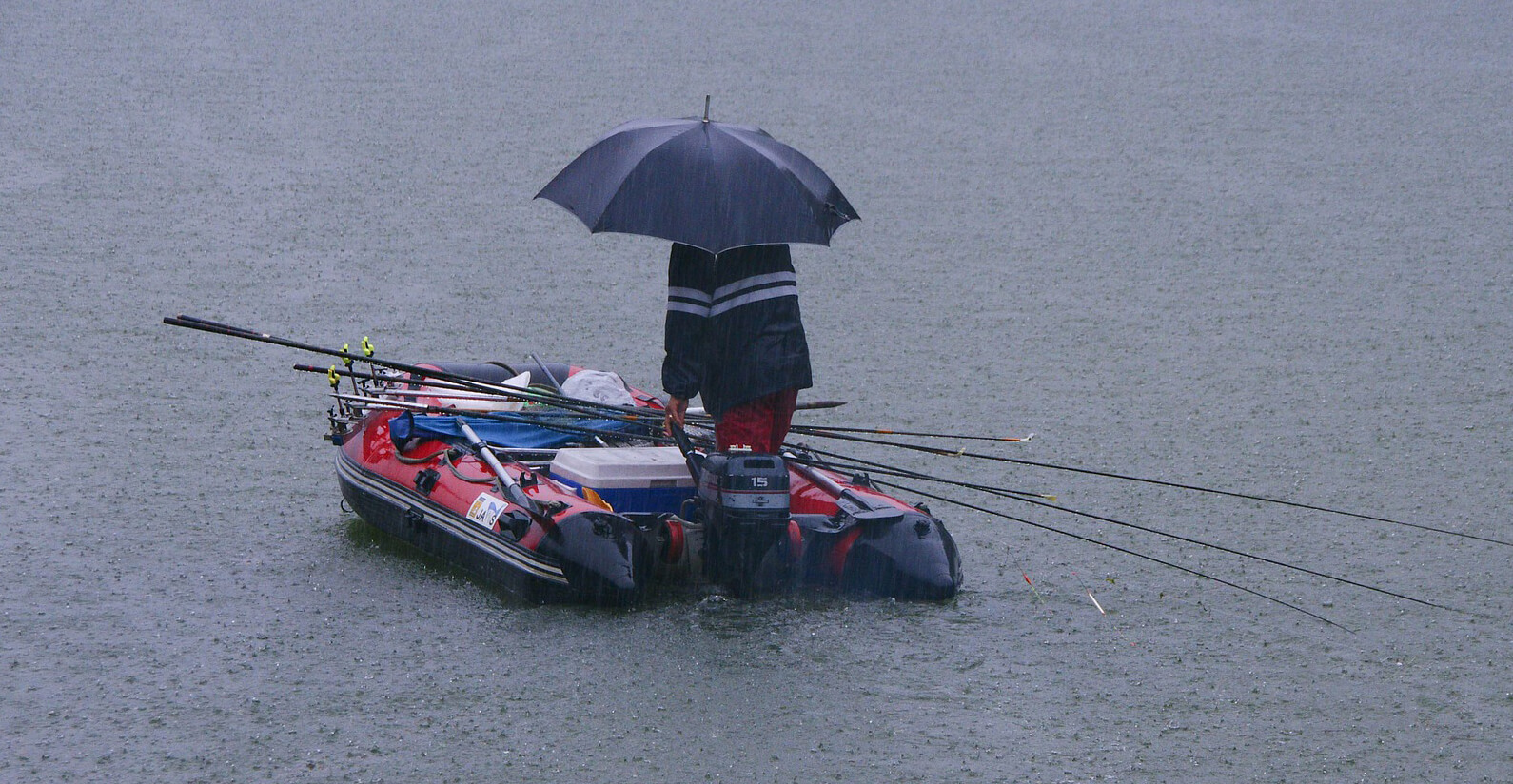
Illumination
If in the summer the degree of illumination plays an important role in the choice of fishing tactics, then in the winter this factor can be safely discounted. Eternal twilight reigns under a thick layer of ice, so the fish practically does not rely on sight , and hearing (the silence under the ice is dead), smell , touch, and sometimes seismic sensitivity come to the fore.
Another thing is that the clear sun in the wilderness heralds a period of bitter frosts, which negatively affects the activity of the inhabitants of the reservoir. In spring, on the contrary, it is a marker of the onset of a thaw and activation of the bite. The snows begin to melt intensively, these streams carry life-giving oxygen and food to rivers and reservoirs, which triggers pre-spawning rye.
The best weather for winter fishing
Let’s draw some conclusions from the above. Clear weather with light to moderate frost is ideal. Let’s say a little steady breeze and light snow. A snowstorm and a cloudy sky should be considered as unfavorable factors – in bad weather there may be no bite at all.
A warming south wind usually triggers a bite, and the more the temperature rises, the more intense the bite. This is especially vividly observed in the spring, when the start of the bite can occur literally within a day.
But steadily low temperatures (-20-30 o C), lasting for several days, mark the onset of deafness. On such days, hunting for white fish is practically pointless, and the predator significantly reduces activity.
Influence of weather on fishing of different types
Now let’s figure out how different representatives of the ichthyofauna react to weather events:
- Perch . Perhaps the Striped robber (Brycinus lateralis) is the simplest prey for a winter road, armed only with a simple fishing rod with a jig (attachment or rewinder) . The peculiarities of metabolism make it constantly move in search of food, which makes it effective prey in almost any weather. The exception is very strong snowstorms and bitter frosts, when you are reluctant to go to the reservoir.
- Pike . The toothed torpedo is highly active on the first ice, as well as before the ice drift, when it gets pre-spawning. In the wilderness, the predator is very cautious, therefore, special tactics, fine rigging and intensive feeding should be used. The main tackle is girders and a winter spinning rod with a vertical spoon, balancer or super-heavy “witch” jig.
- Pikeperch . A slight frost in the clear sun is ideal weather for catching zander. It is especially active during periods of thaws after deep winter frosts. During this period, it perfectly goes both for live bait tackle (you can even with a tulka), as well as for balancers and winter spoons.
- Burbot . Those who do not care about frost and bad weather are freshwater cod. Burbot is one of the most cold-resistant representatives of the freshwater ichthyofauna, and feels great even in thirty-degree frosts and when the elements are rampant. But when catching it, two factors must be taken into account. Firstly, burbot spawns in winter , and fishing is prohibited during this period (check with the fishing bulletins of your region). Secondly, burbot walks exclusively along its own food paths, and it is almost impossible to catch it outside of them.
- Roach . Another practically all-weather fish, which is successfully caught both on attachment jigs with bloodworms, and on small rewinder heads. However, the most favorable weather for fishing roach is a thaw (up to freezing temperatures) immediately after frost, and it is highly desirable that it be accompanied by a cloudy sky and snowfall.
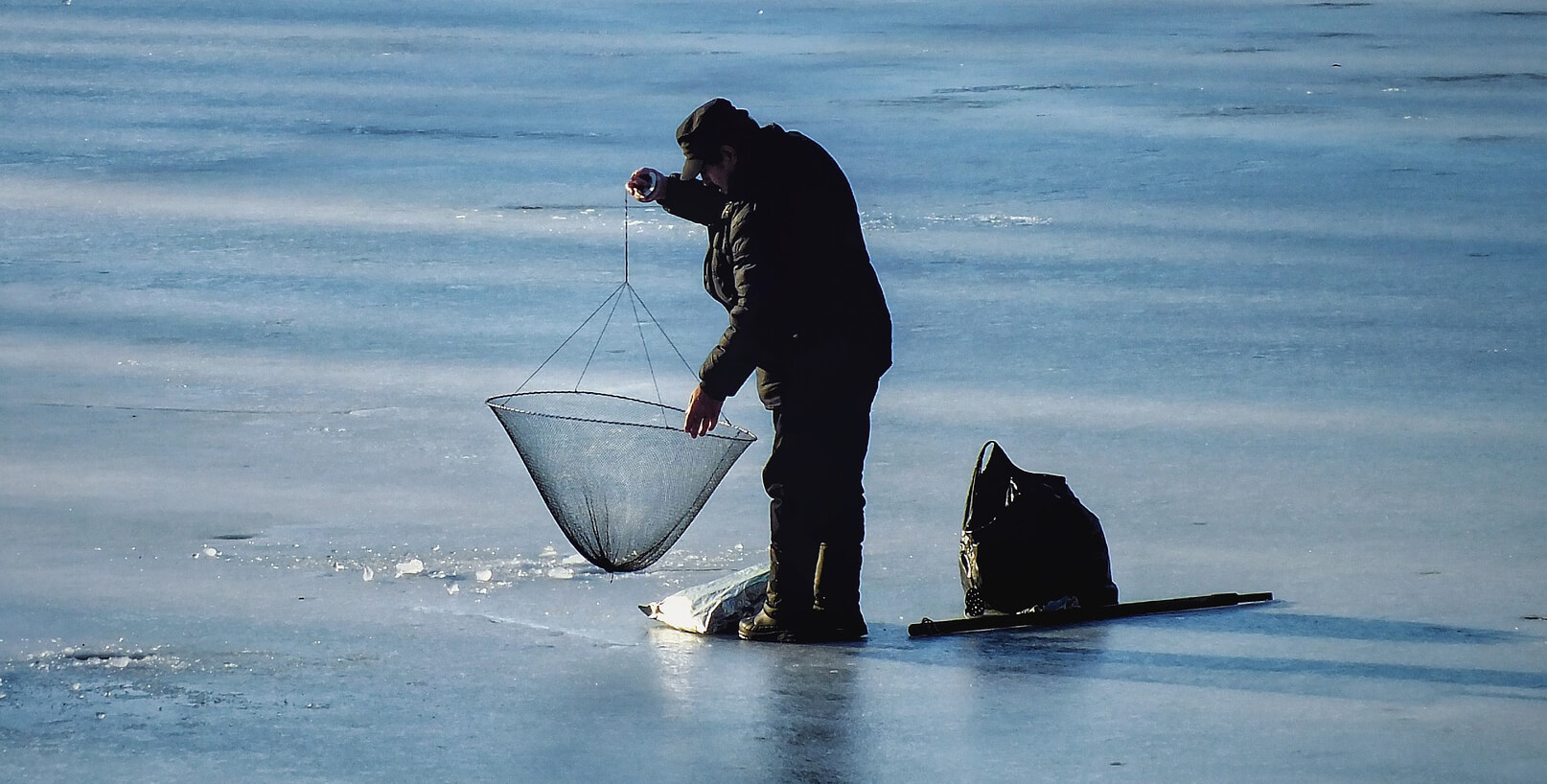
Tips from experienced anglers
And, according to tradition, a few tips from experienced winter anglers:
- Don’t forget about your own safety . No matter how attractive the first exit may seem (oh, this is the first ice!), You should not even think about fishing until the thickness of the ice cover reaches 7, or better – 10 cm. Move on the ice carefully, scouting the path and avoiding questionable areas. Be sure to provide an opportunity to quickly get rid of the equipment , have “lifeguards” (ice awls) or at least a rope with a load with you. In short, remember that you are at high risk.
- Experiment . Please note that some anglers manage to leave the pond with their catch even in the most unpromising weather. The fact is that they do not shy away from experiments, changing bait and fishing tactics, and experience plays an important role. In short, learn to adapt to any fishing conditions. Did you know that in the wilderness, small baits are much more effective, which the fish will not pay attention to under normal conditions? And you can play with a jig in different ways.
- Remember to camouflage your rig . The less active the fish, the less visible the rig should be. Even when fishing for pike, durability is often compromised in favor of stealth, replacing metal leads with fluorocarbon.
- Feed the fish . There are special winter feeders that deliver complementary food directly to the bottom to a specific point – use them actively. Even if you are hunting white fish, animal components should prevail in the feed mixture. In the wilderness, they practice feeding the holes for several days.
- Choose places wisely . Not all areas of the reservoir and rivers are equally catchy. Therefore, it is best to fish in a body of water, the relief of which has been studied by free water, or to use an echo sounder. On the first ice, fishing is effective near the coast, but with the onset of the wilderness, the fish shifts to considerable depths. The places where the underwater springs flow, as well as the zones of confluence of tributaries, are very promising. However, it should be borne in mind that the ice layer there is usually less thick and strong.
For a true connoisseur of sport fishing, there is no bad weather: he knows how to adapt to any conditions, enjoy his favorite hobby and return home with a catch!

